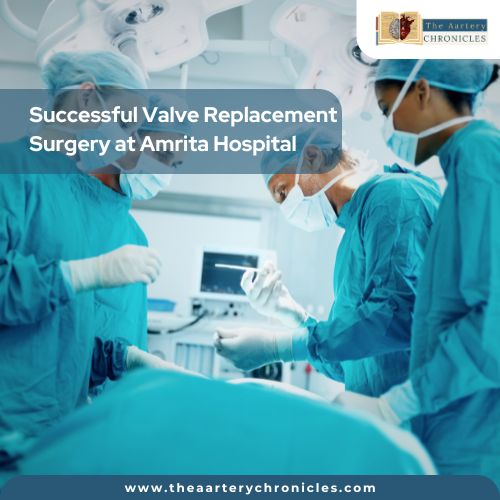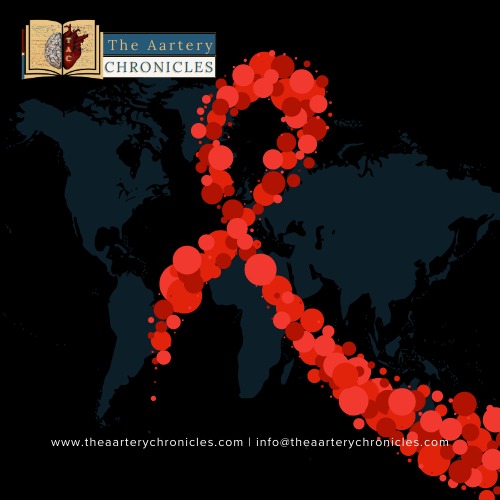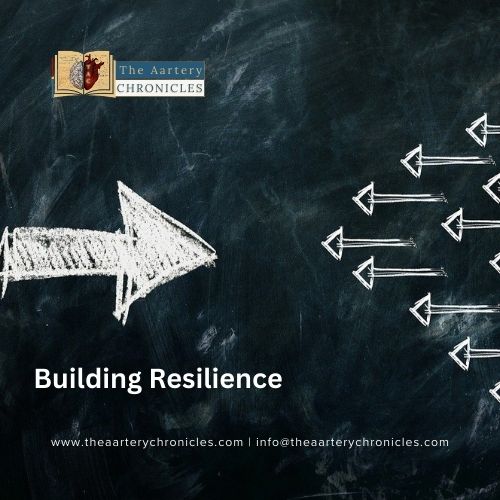

Milestone in Heart Care: Successful Valve Replacement Surgery
Medical Milestone
The successful replacement of two pulmonary valves at Amrita Hospital marks a significant milestone in medical history. This accomplishment not only displays the hospital’s outstanding skills but also the continual developments in medical technology and processes in India and as well as throughout Asia.
The surgeries were performed on a 42-year-old man and a 24-year-old woman having a cardiac ailment known as Tetralogy of Fallot since childhood. This disease requires removing one of the heart’s valves, especially the pulmonary valve to relieve blockage.
The absence of this valve leads to leakage, which, although manageable for some time, eventually requires a replacement to prevent further damage to the heart muscle. After initial consultations with their local healthcare facilities, both patients were sent to Amrita Hospital’s Cardiology Department in Faridabad for medical intervention.
Dr. S Radhakrishnan, Head of Pediatric Cardiology at Amrita Hospital, noted that Tetralogy of Fallot affects around one in every 2,500 babies each year, causing cyanosis or blueness of the body owing to oxygen depletion, which can be fatal if severe. While corrective surgery immediately eliminates cyanosis, problems such as weariness and dyspnea may develop later in life owing to a leaky pulmonary valve.
The Harmony Valve: A Breakthrough Approach in Cardiac Care
The Harmony valve offers a pioneering solution by replacing the faulty valve without requiring invasive open-heart surgery. This breakthrough approach represents a significant advancement in cardiac care, offering patients a non-traditional yet effective treatment option.
Dr. Sushil Azad, Principal Consultant in Pediatric Cardiology at Amrita Hospital, described the Harmony TPV insertion procedure as lasting two hours, involving accessing the patient’s leg vein and deploying the preloaded valve at the designated site without open-heart surgery. The procedure was smooth and uncomplicated, ensuring rapid recovery with patients typically discharged within two days without any scarring.
Leadership in Medical Innovation
Dr. Sanjeev Singh, Medical Director of Amrita Hospital, expressed pride in being Asia’s first hospital to perform this procedure. He emphasized the hospital’s commitment to providing innovative and effective treatments for congenital heart conditions, aiming to set new standards in cardiac care.
Both patients expressed gratitude for their swift recovery and seamless procedure, with one stating their discharge within two days felt like a miracle, allowing them to resume their daily routines within a week.
Both patients are currently undergoing regular check-ups following the procedure, with initial check-ups one-month post-procedure and subsequent ones scheduled at six-month intervals, followed by annual check-ups thereafter.
Source: Inputs from various media Sources

Priya Bairagi
- Medicine
- Nutrition And Diet












